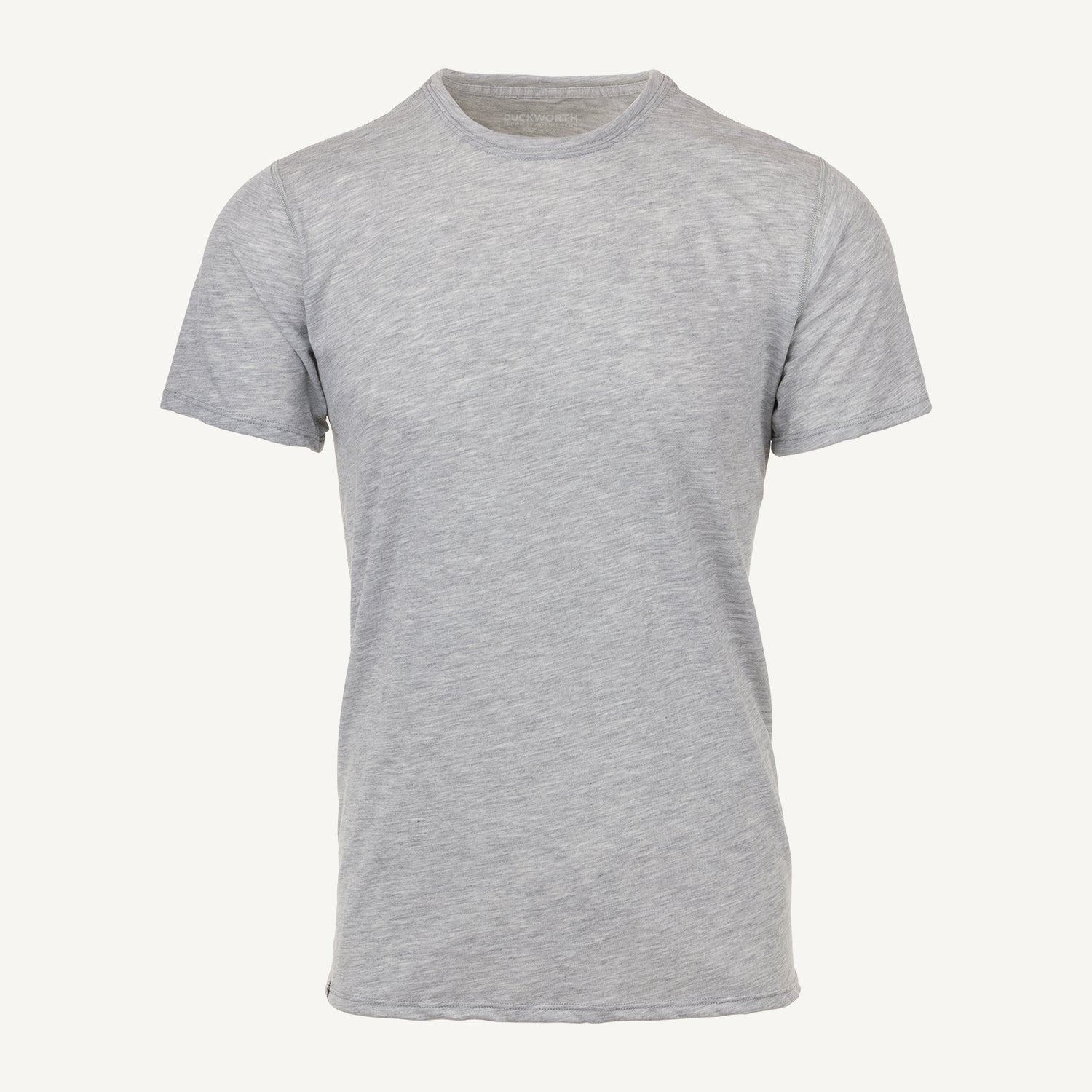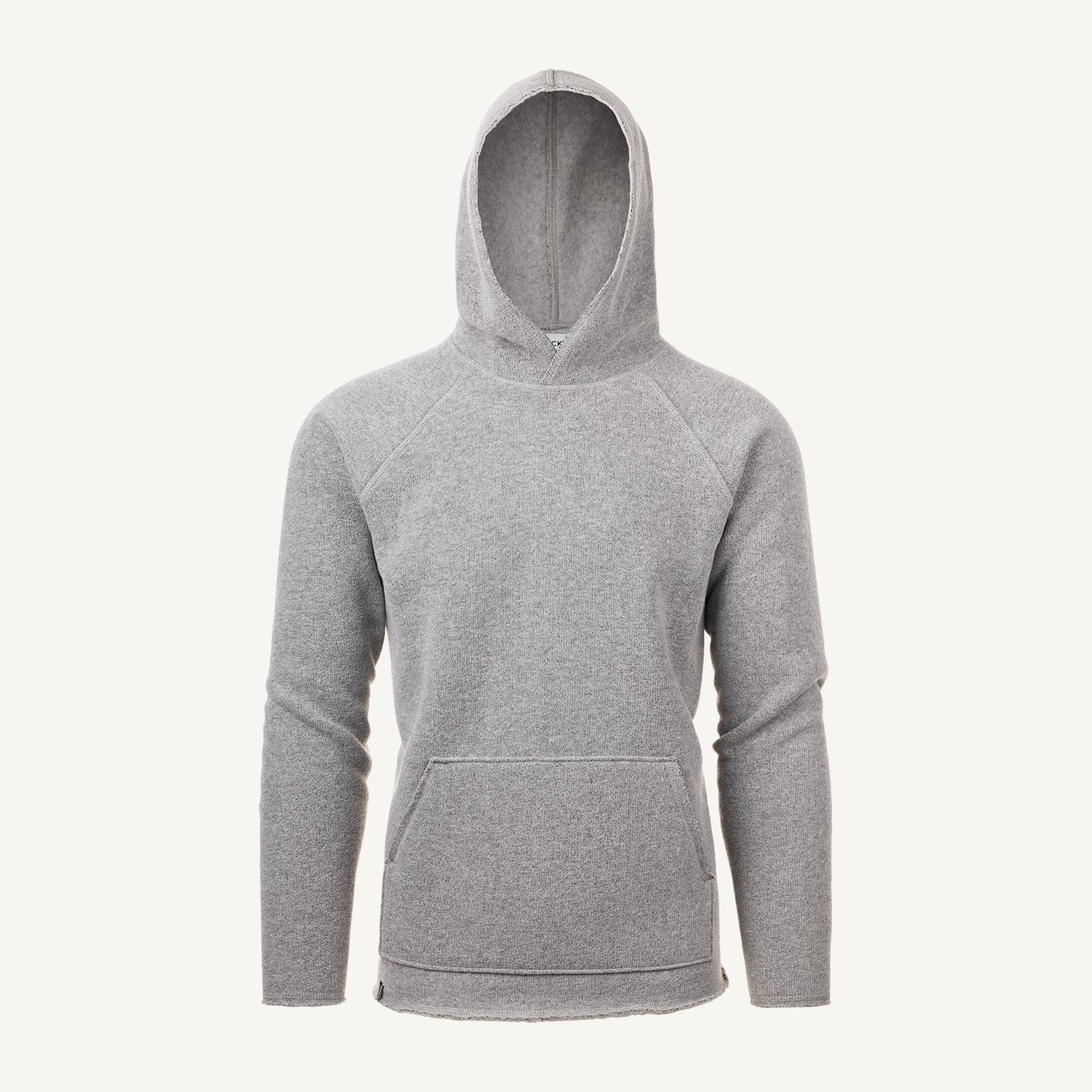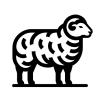Here at Duckworth HQ in Montana, we take for granted how much we know about Merino Wool. The typical questions people have about the fiber and resulting textiles - “What is Merino Wool?”, “What is Merino Wool vs wool?”, “Why are Merino Wool base layers better than others?”, “Why is Merino Wool so good?”, “How warm is Merino Wool?,” “Why is Merino Wool better than cotton or synthetics?” - are like second nature to our team, from rancher to graphic designer. Being everyday-wearers of Merino Wool layers, we just understand - either through personal experience or hands-on, scientific expertise - why this fiber is such a sustainable, natural powerhouse and a must for any outdoor or casual use case.

What is Merino Wool?
Starting from the top, there’s a set of questions (this writeup will answer as many common ones as possible!) we hear often that feel like a wonderful place to start, which include: “What is Merino Wool made of?”, “How is Merino Wool made?”, “Where is Merino Wool from?”
The “Merino” in Merino Wool is the name of a breed of sheep that bears certain genetic qualities, much like how Labrador Retrievers are vastly different from Chihuahuas in nearly every visible category. Bringing the analogy closer to an agricultural application, some corns are grown for their sweet taste, some corns are grown for animal feed, and so on. While all domestic sheep grow wool right on their bodies, all wools aren’t created equal, and Merino Wool is prized above all others for a specific combination of qualities: it doesn’t itch and is incredibly soft, it’s generally quite lofty and lightweight, thermoregulates (temperature regulates) well, wicks moisture well, dries quickly, holds no odor, is flame resistant, and more.
So when people ask questions like, “What are Merino Wool socks?”, “What are Merino Wool tops?”, “What are Merino Wool underwear?”, “What are Merino Wool base layers?”, the answer is simple: a product in a specific shape or style made from, you guessed it, Merino Wool!

Where does the best Merino Wool come from?
One question, in particular, is something we want to address perhaps more than all others: “Where does the best Merino Wool come from?” Competitor producers in markets like Australia and New Zealand have poured tens-of-millions of dollars into marketing their Merino Wool as the best in the world, supported generously by the governments of those countries. And to be frank with all of you, they do grow some very solid fleece Down Under. But those markets are lacking in something only a landscape like Montana can provide, which is intense temperature and seasonal variability. Why does this matter?
Well, we suppose this gets back to one of the original questions we highlighted: “Why is Merino Wool better than cotton or synthetics?” The answer is that sheep - originally a desert and mountain-going creature - adapted overtime to survive in some of the world’s most unpredictable environments, with blazing-hot daytime temperatures and freezing-cold wintertime temperatures. Most other desert creatures either burrow or find shelter to escape the hottest and coldest parts of the day, emerging only in the mornings and late afternoons when the conditions are manageable. Sheep had no such luck, bearing neither the “tools” to dig and neither the size nor small numbers to find shelter to accommodate all members of a herd.
Instead, they grew a fleece that kept them cool during the day and warm during the evening - in other words, thermoregulation. By comparison, cotton was never biologically engineered to handle such variability, and synthetics (a very recent invention) have their time and place but effortlessly adapting to changing conditions is not one of them (i.e. you’ll want to wear a synthetic material as an outermost layer during a torrential rain storm - to stay perfectly dry - because of an impermeable, rubber-like quality. But would you want to wear the same item when it’s freezing cold out, yet you’re working up a sweat hiking up a mountain? Or running laps on your favorite summertime trail during a sunny day? No, that sounds pretty uncomfortable, soggy, gross, and smelly).
In Montana, where summertime temps peak in the mid-90s (yet sometimes drop to freezing at night) and where wintertime temps are famously brutal, our sheep must grow a fleece that allows them to handle everything. They won’t survive without doing so. Ever heard of a brutal winter in Australia? We haven’t either, so naturally that wool didn’t grow in a way to approach a whole set of conditions. And why would it? That would be a “waste of energy,” so to speak, on the sheep’s body’s part because it’s unnecessary. So when we at Duckworth shear our sheep of their renewable, sustainable, regenerative fleece for the purpose of turning it into textiles and clothing for human use, we are essentially harnessing that ability to handle just about any temp or condition and sharing it with the wearer. Pretty amazing.

To answer the initial question: In our humble opinion, the harsh conditions Northern Rockies lend themselves to an impeccable fleece, with unusual amounts of crimp, amble thermoregulating capabilities, and the ability to wick snow and cold water with equal capacity to shirk the hottest of sunny days. In other words, we believe Duckworth Merino Wool to be the best available for everything from skiing and backpacking, to lounging at the house or working the garden.
Duckworth teammate Mike has been working at Duckworth for over two years, but was a wool fanatic since growing up skiing famously icy conditions in The East. In his free time, Mike enjoys camping, cooking, swimming, skiing and going to see live music.



















